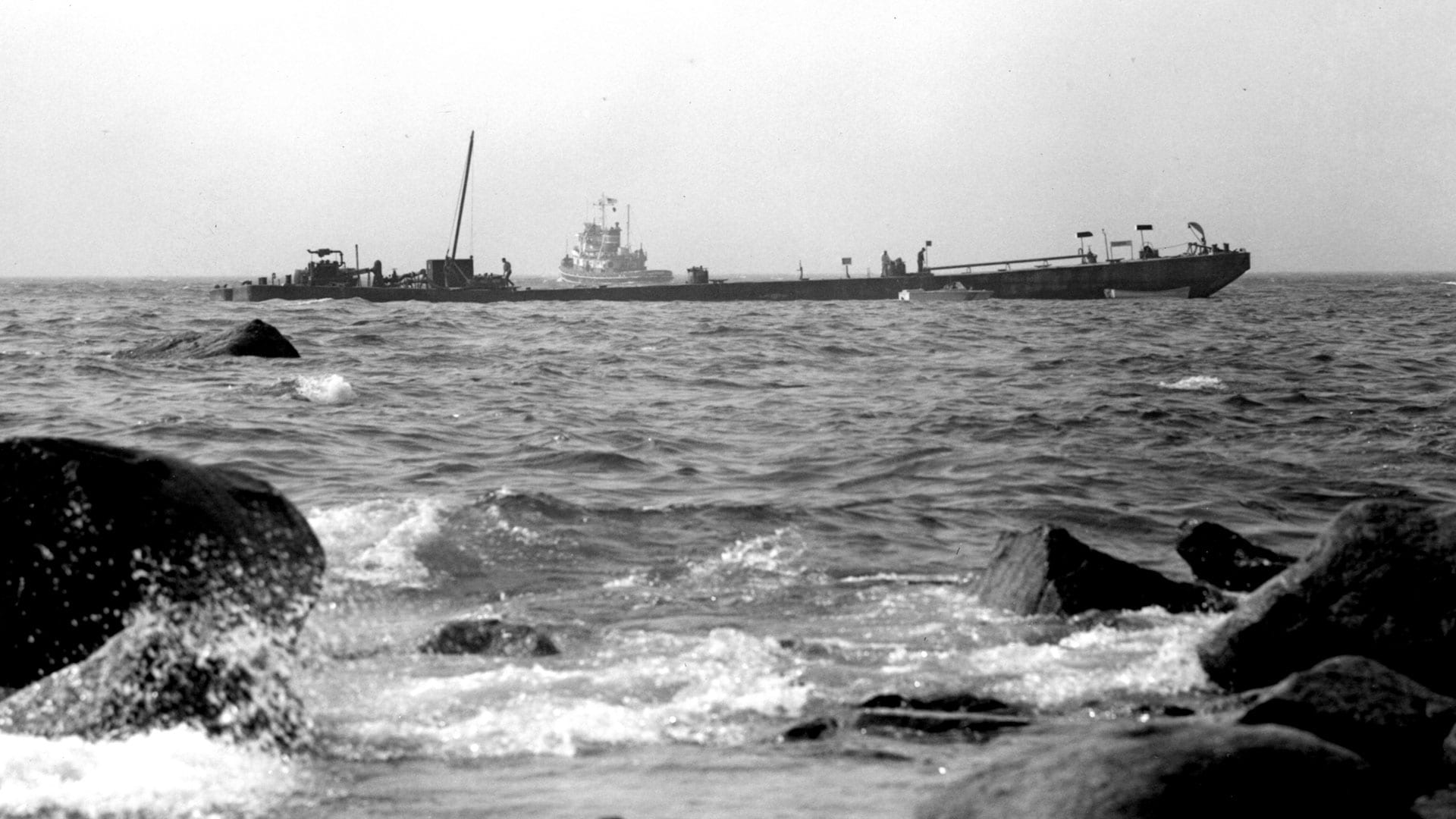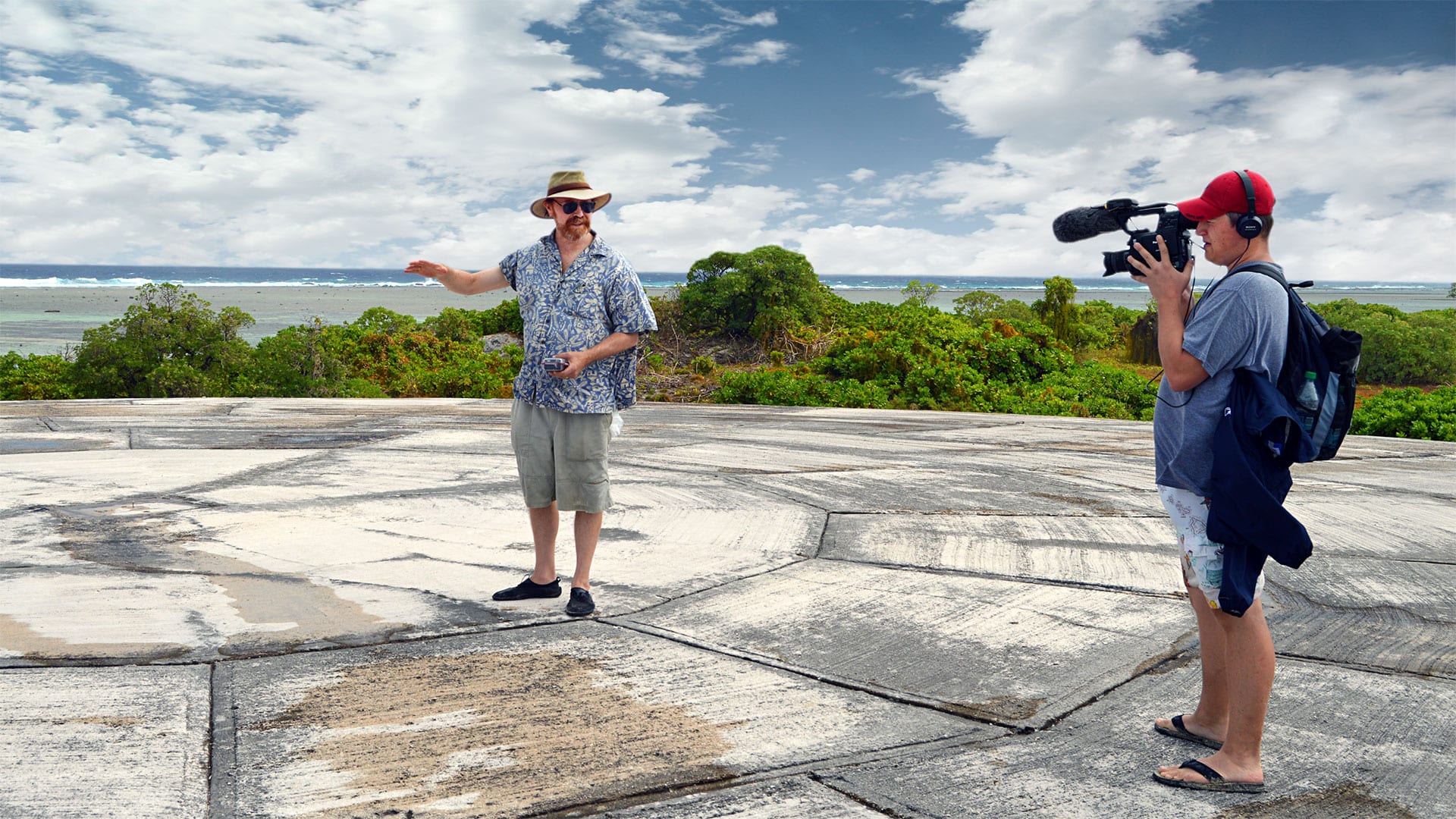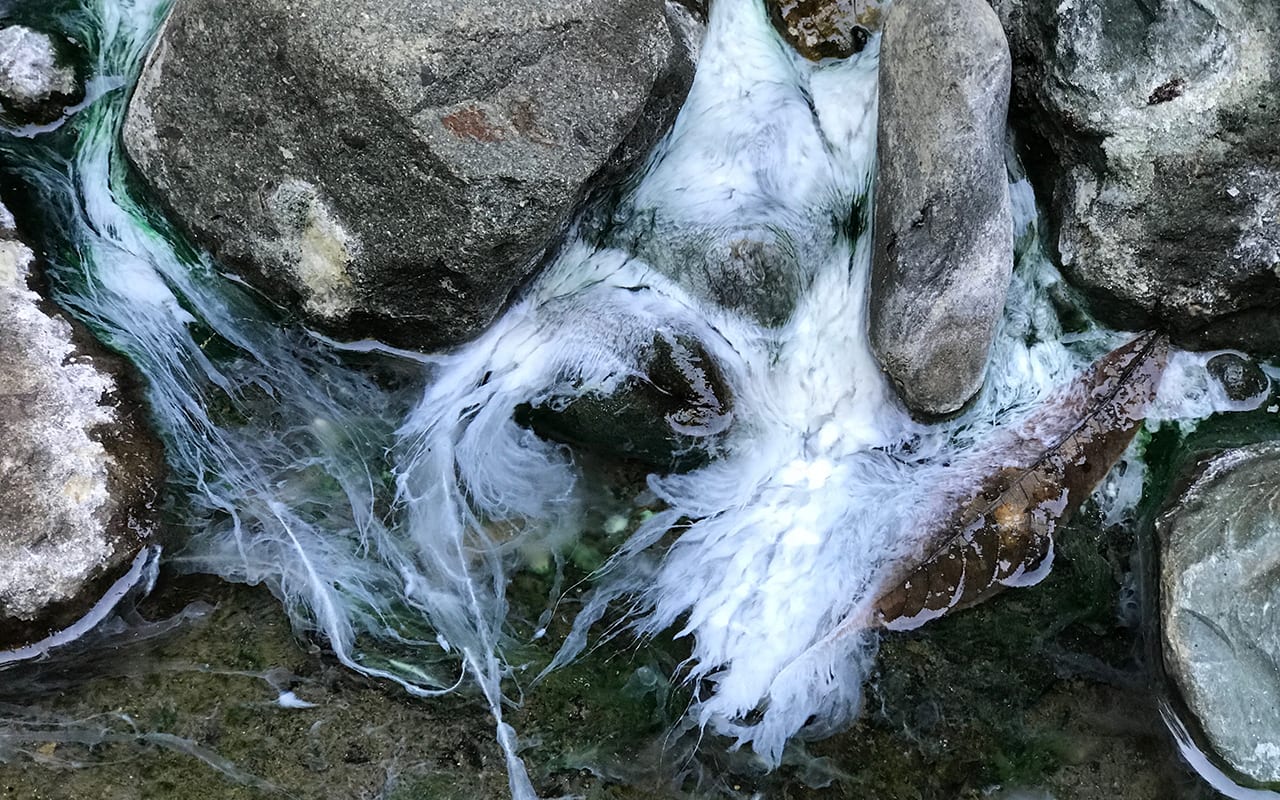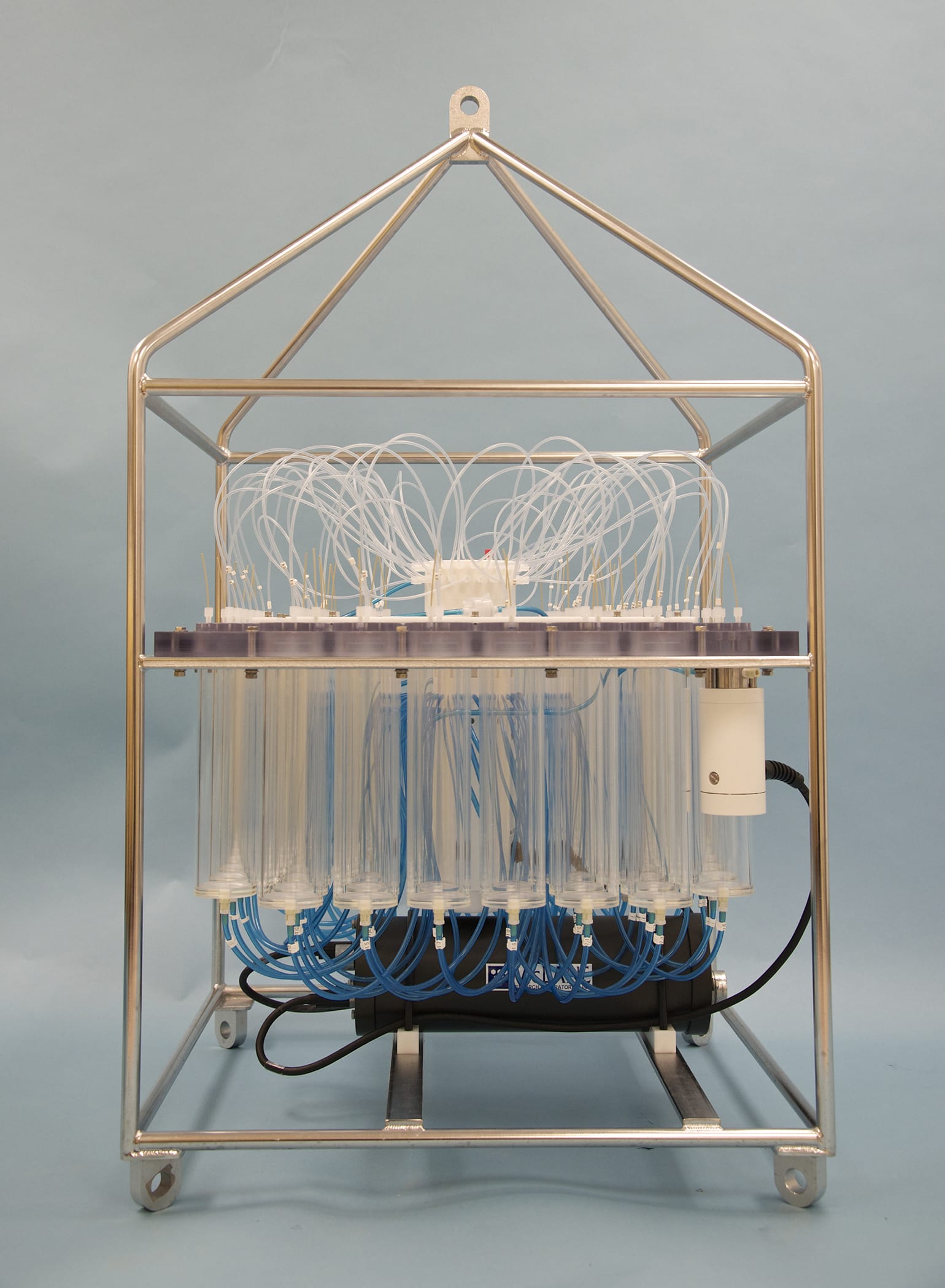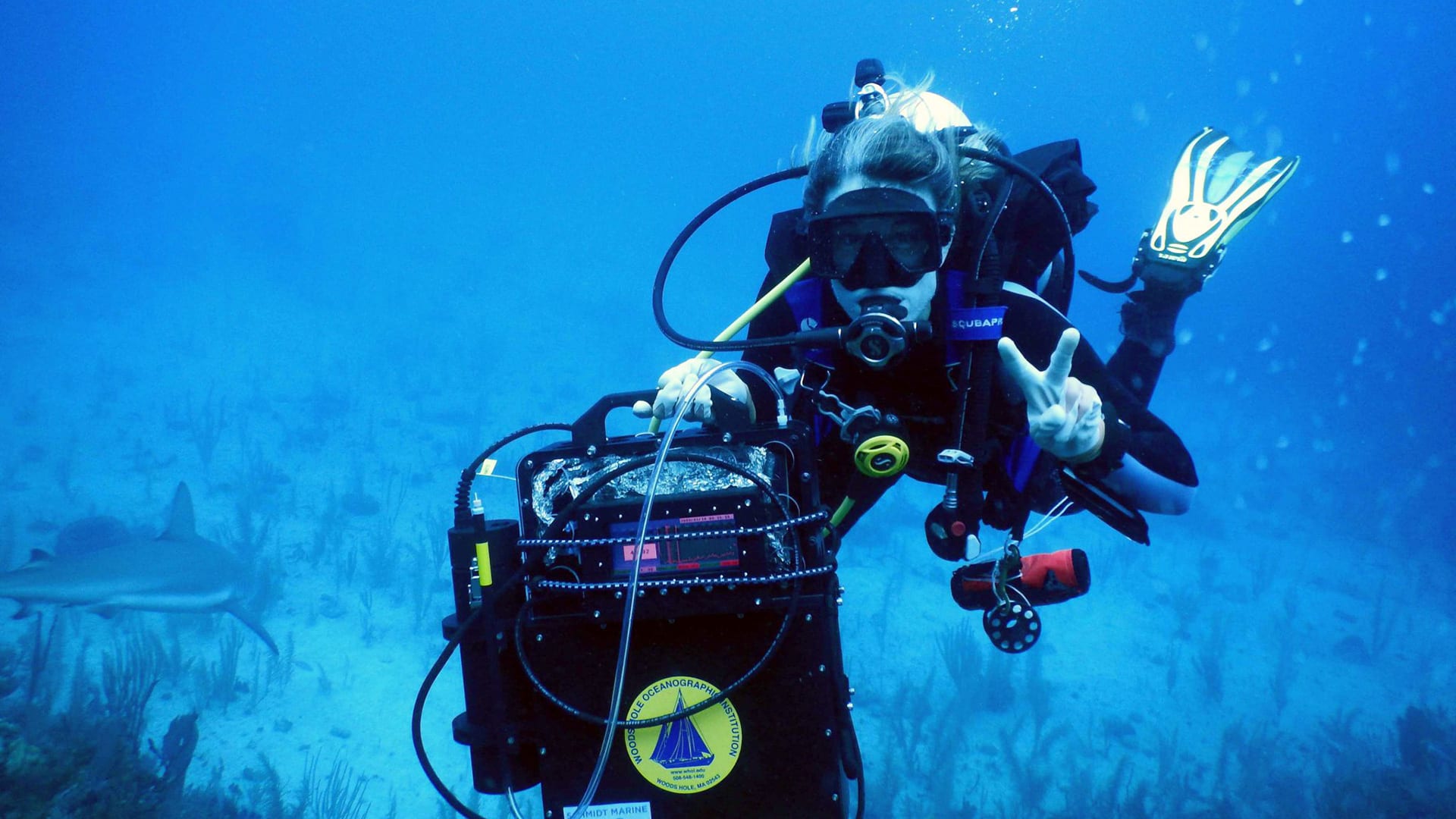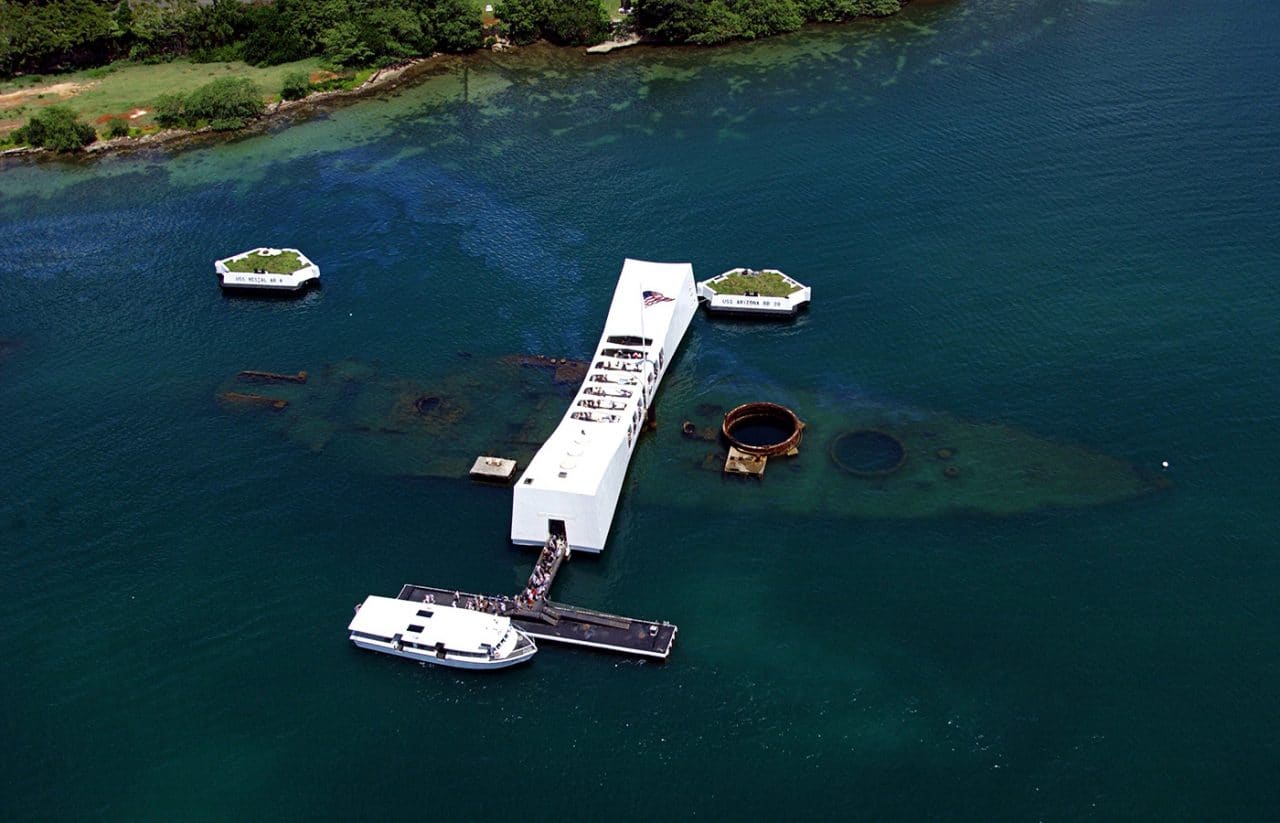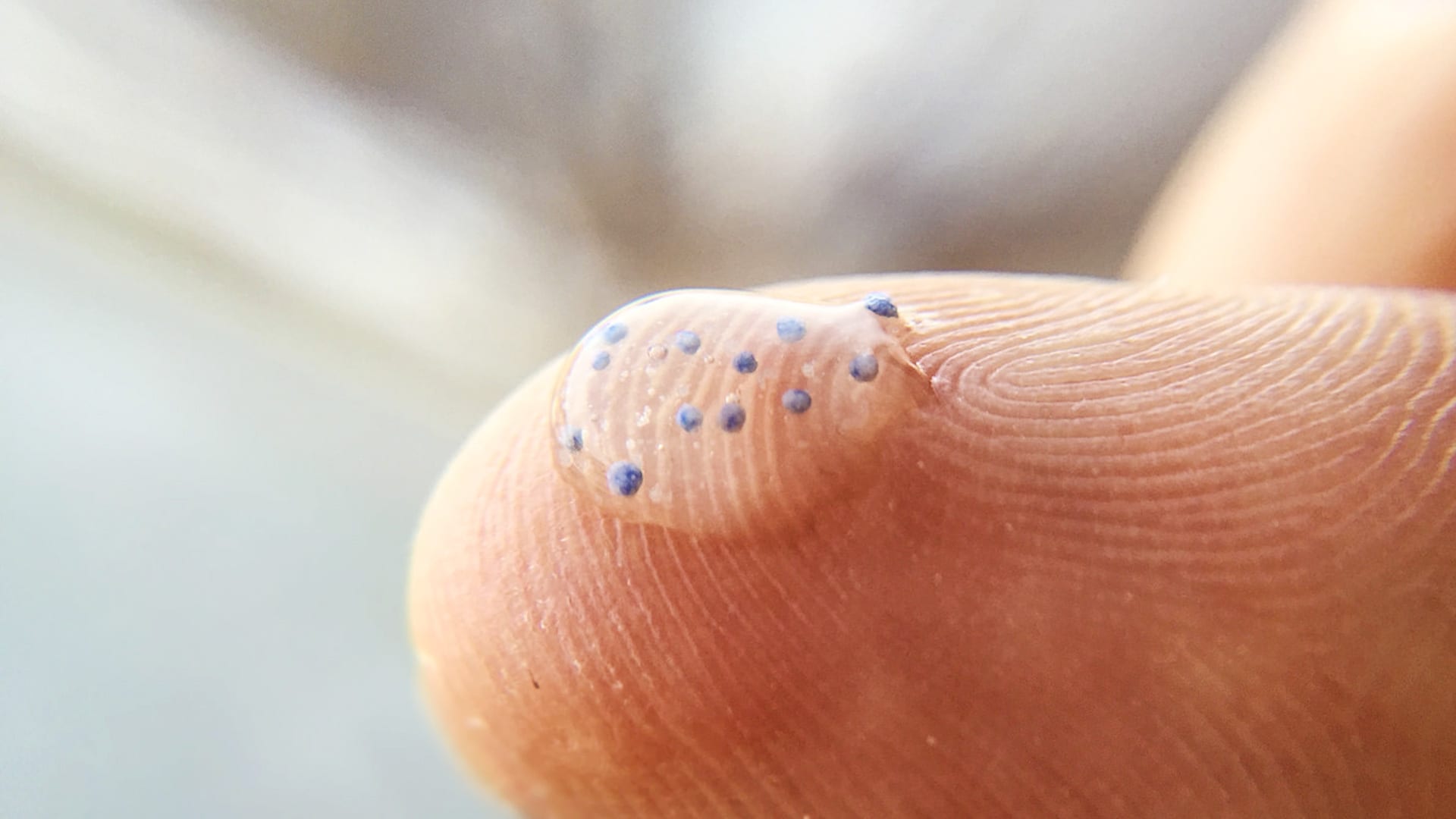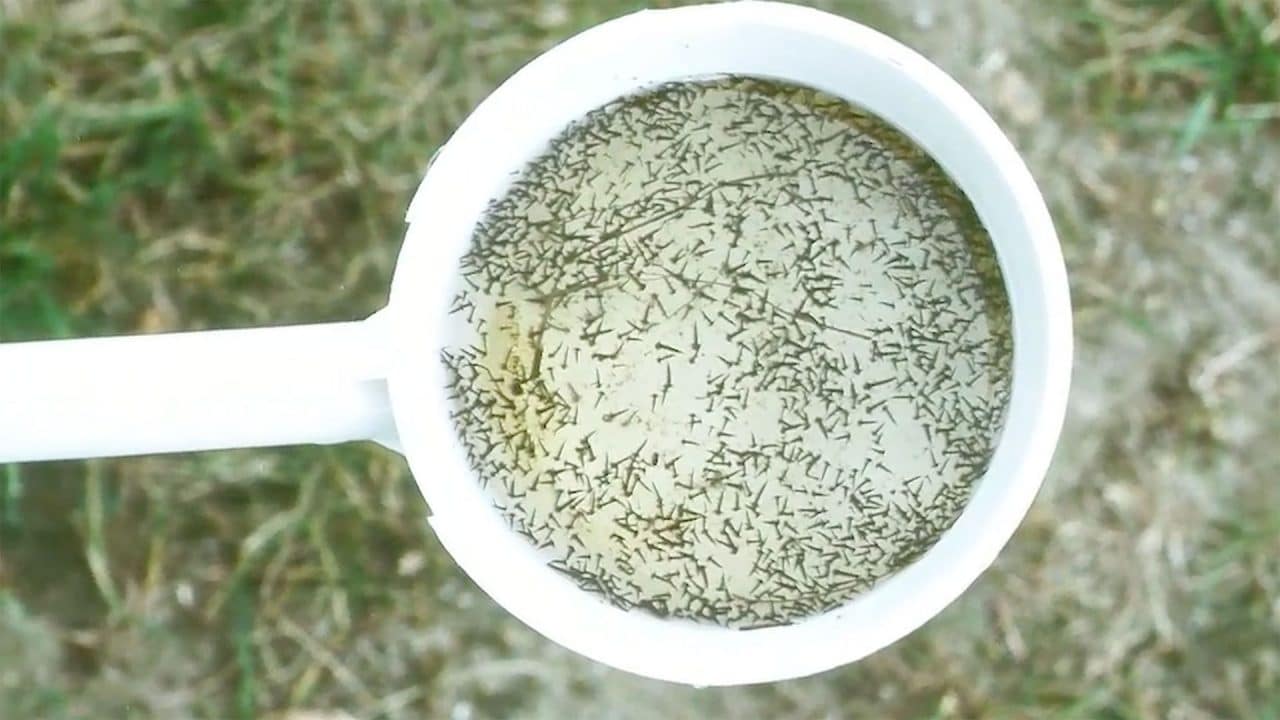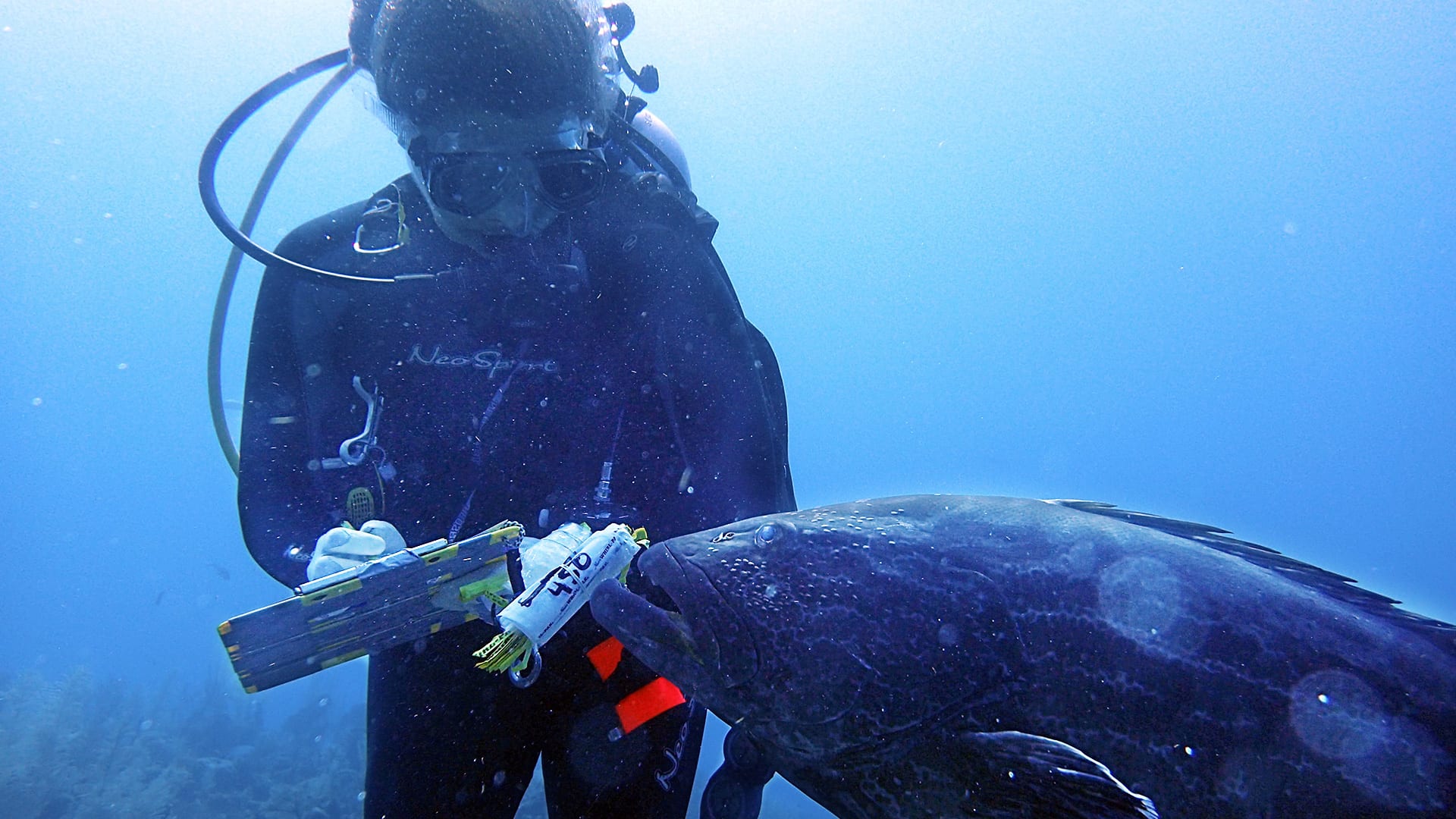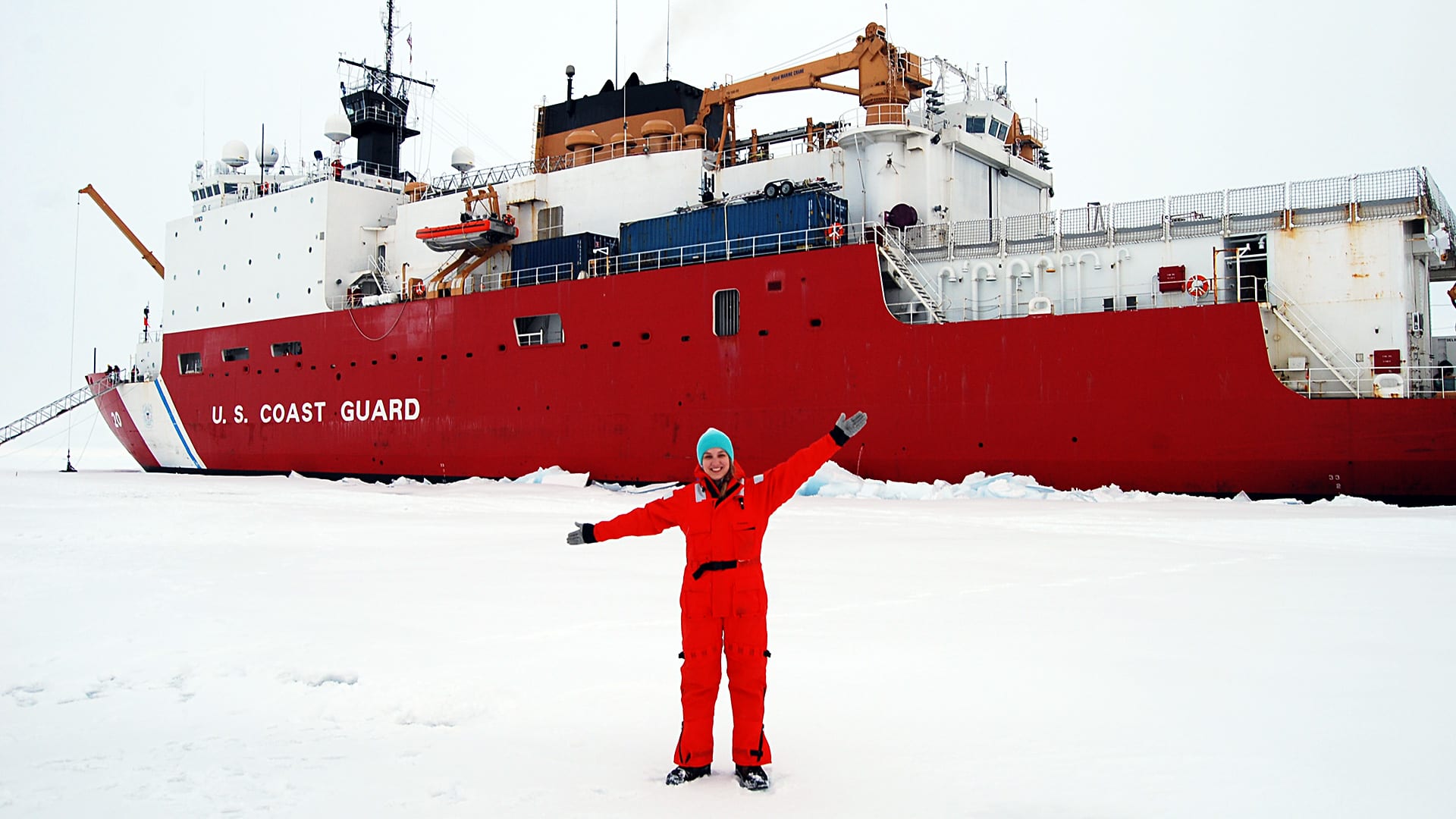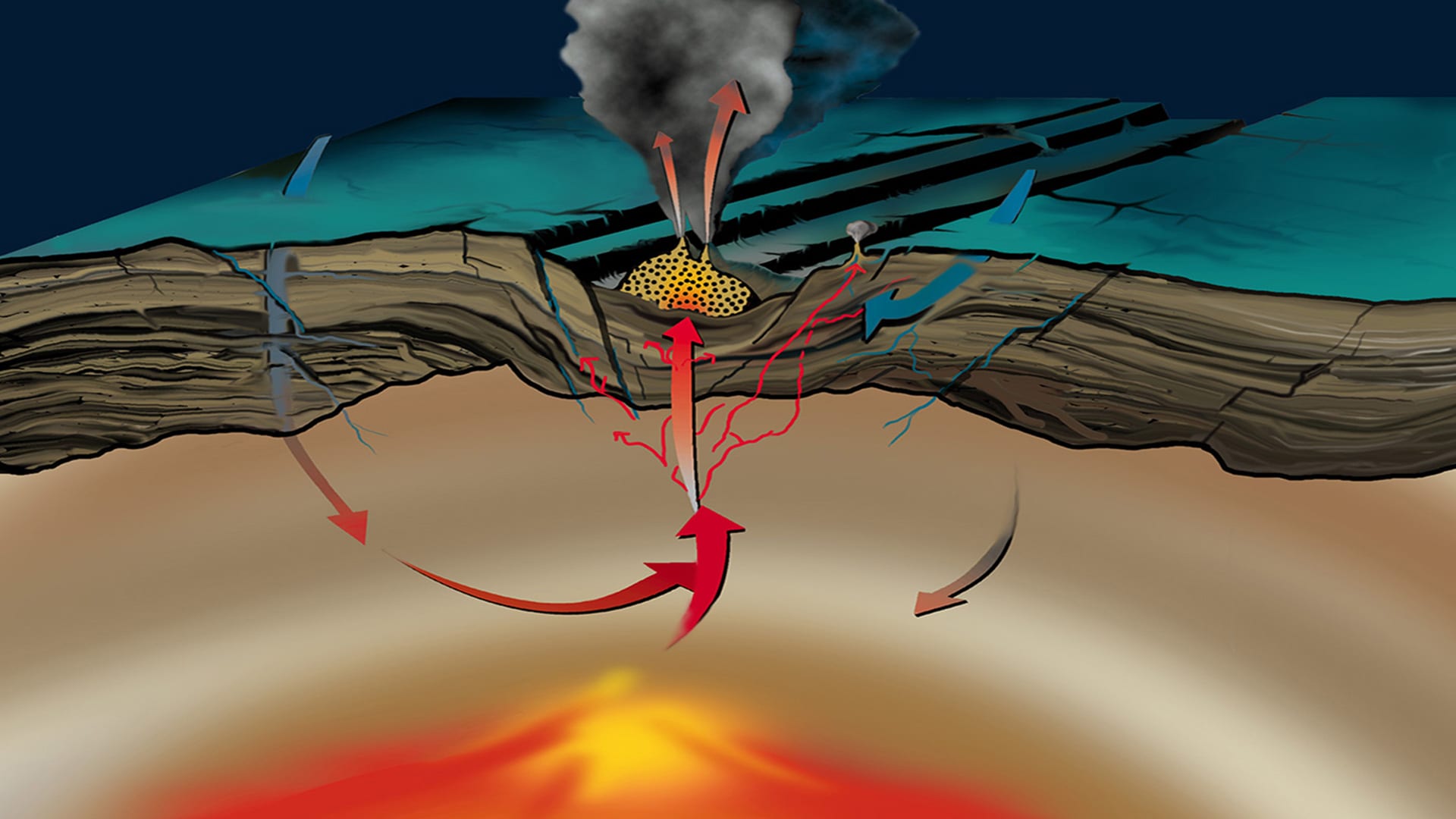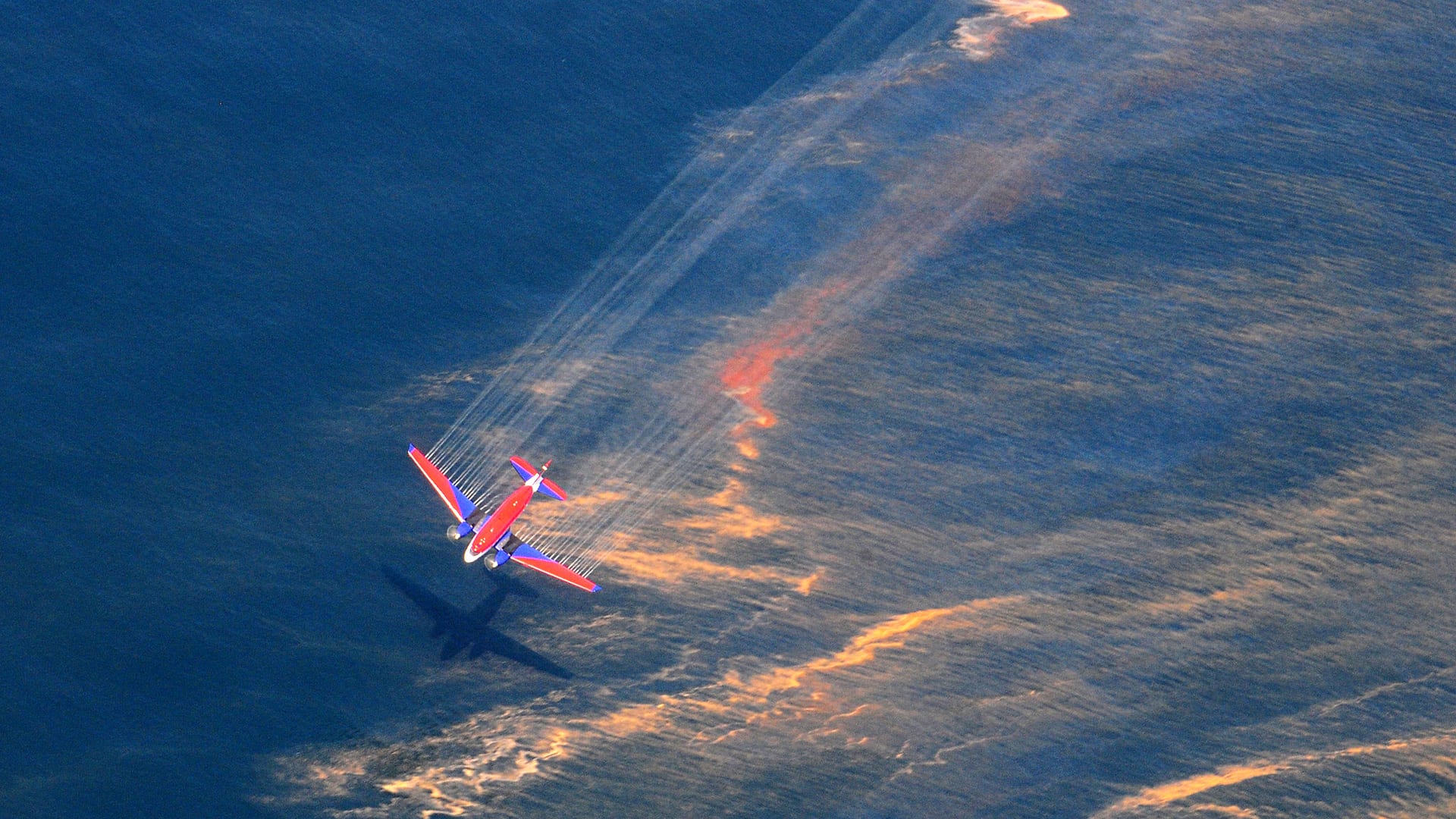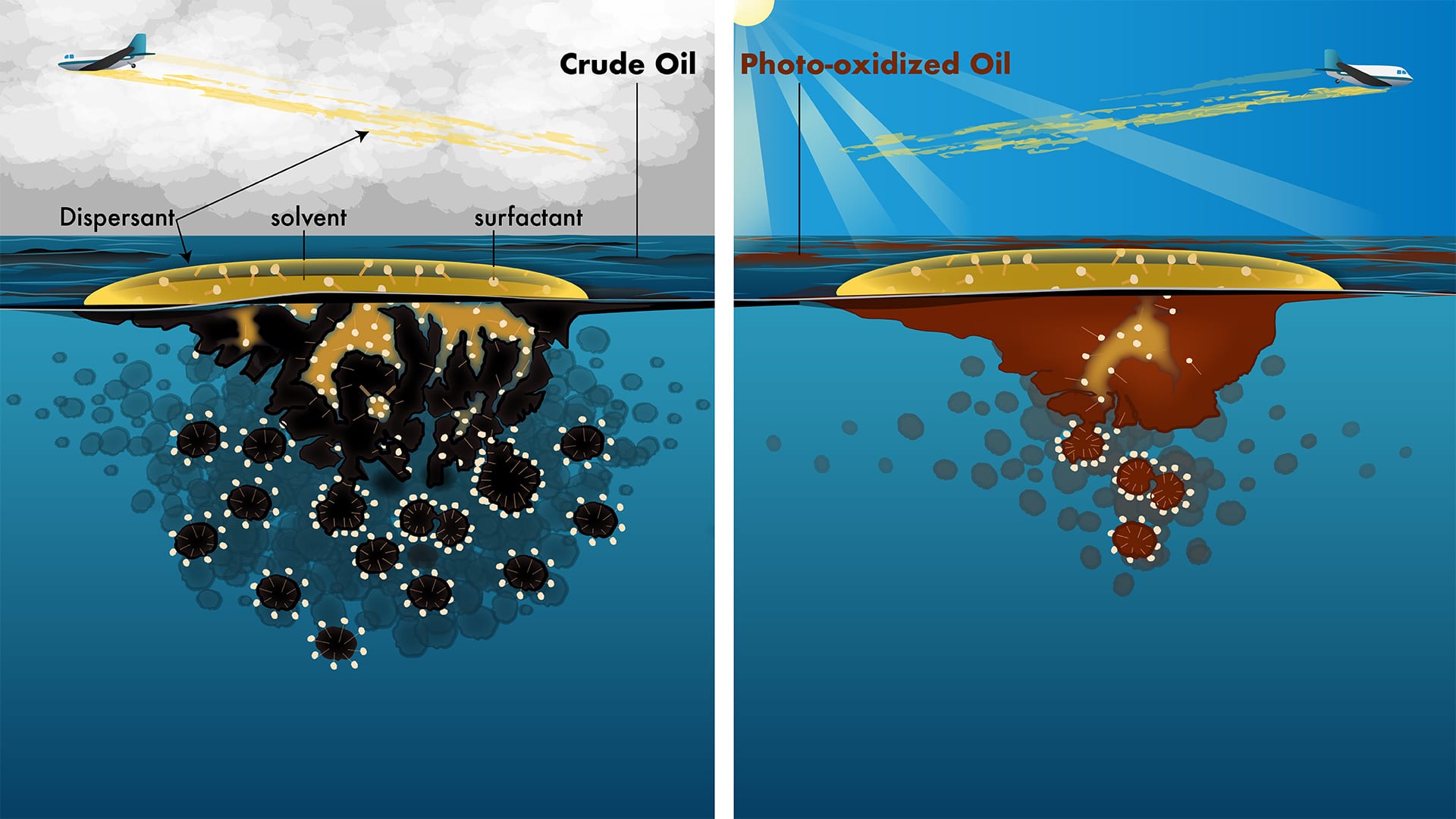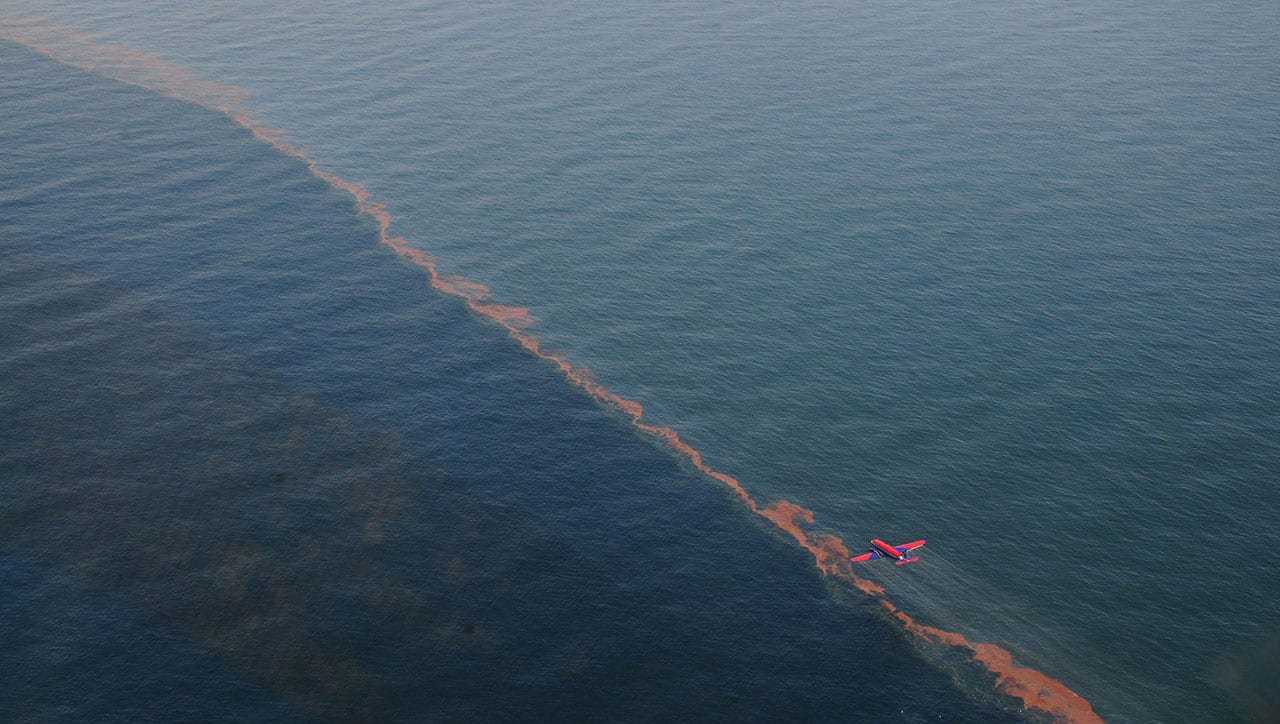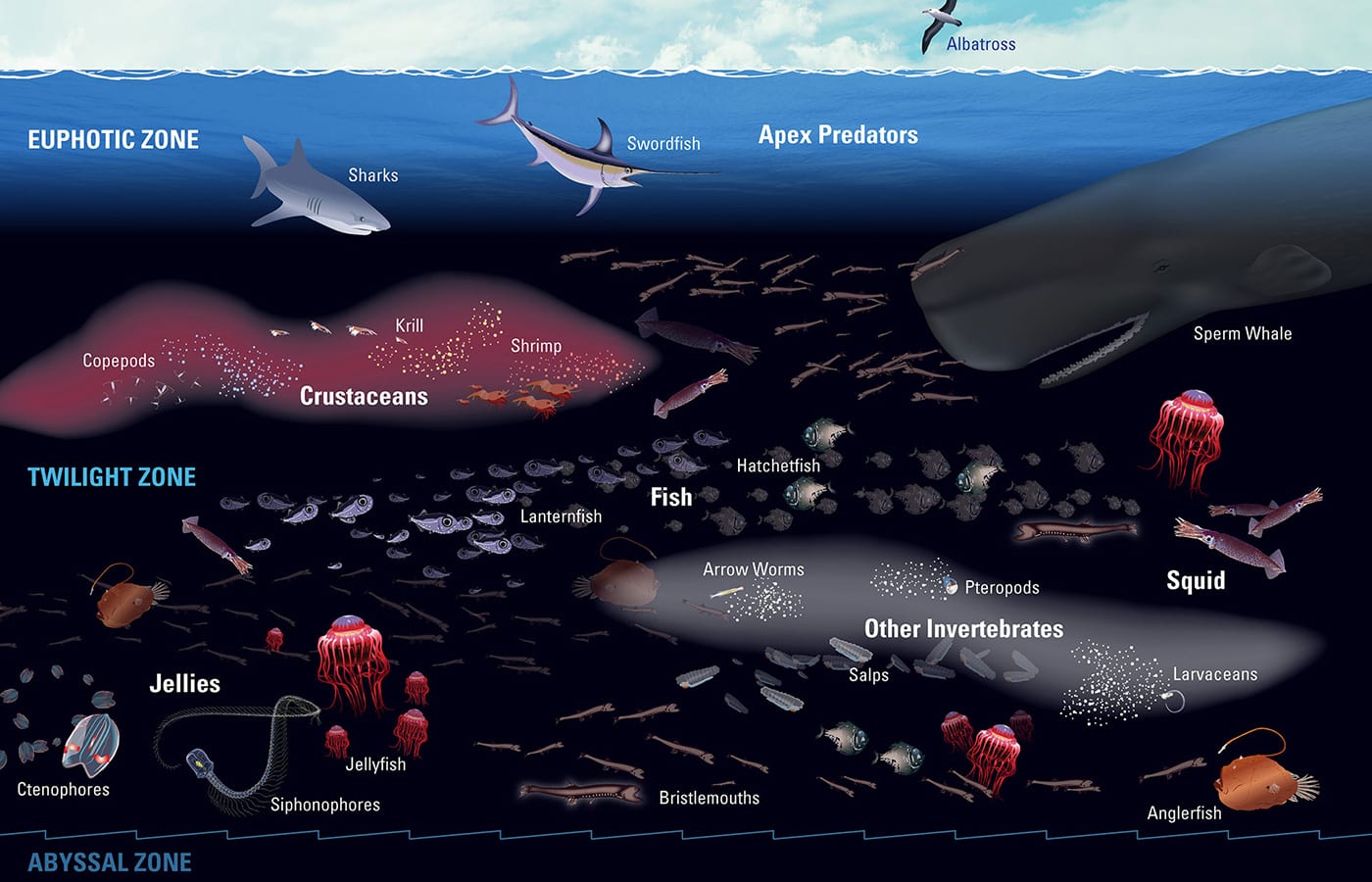Marine Chemistry & Geochemistry
Fifty years later, the West Falmouth oil spill yields lasting contributions to remediation efforts
After 175,000 gallons of oil spilled from a barge that ran aground along West Falmouth Harbor, the contaminant has all but disappeared, save a small marsh inlet that continues to serve as a living laboratory for scientists at Woods Hole Oceanographic Institution.
Read MorePutting the ‘nuclear coffin’ in perspective
WHOI chemist and marine radioactivity expert shares his thoughts about radioactivity waste leaking from Runit Dome—a bomb crater filled with radioactive soil in the Marshall Islands that is now being penetrated by rising sea levels
Read MoreThis new nanotech could help clean up Earth’s microplastics
“Trying to understand the big picture on plastic and be able to weave a story together is going to take decades,” said Christopher Reddy, an environmental chemist at Woods Hole Oceanographic Institution, who was not involved in the study.
Read MoreNew Study Finds Distinct Microbes Living Next to Corals
WHOI scientists distinct discover microbes living just a few centimeters from the surface of corals near the southern coast of Cuba. The discovery may yield clues about the ecological functions of microbes, and how they find and infect coral colonies.
Read MoreMicrobes May Act as Gatekeepers of Earth’s Deep Carbon
Two years ago an international team of scientists visited Costa Rica’s subduction zone, where the ocean floor sinks beneath the continent and volcanoes tower above the surface. They wanted to…
Read MoreDo chemicals that disperse oil spills make the problem worse? Probably not, new study finds
Quotes (Chris Reddy)
Read MorePostcards from the Bottom of the Earth: December 2, 2001
December 3, 2001 After I write each of these travelogues, I keep thinking I’ll lose interest or be too busy to write again. Then comes another day like today, and…
Read MorePostcards from the Bottom of the Earth: November 30, 2001
November 30, 2001 I thought the sunset two days ago at 11:50 pm–in the middle of the sea and floating ice–was spectacular enough to make the voyage worthwhile (beyond the…
Read MorePostcards from the Bottom of the Earth: November 27, 2001
Shortly after Thanksgiving, we hit the northern edge of the sea ice surrounding Antarctica. It’s an amazing sight: huge chunks of ice of various shapes, colored white and blue, ranging…
Read MorePostcards from the Bottom of the Earth: November 22, 2001 (Part 2)
(Note to readers: due to the length of Ken’s first letter to family and friends, it has been broken into two parts. Ellipses … denote places where the original letter…
Read MorePostcards from the Bottom of the Earth: November 22, 2001 (Part 1)
November 30, 2001 (Note to readers: due to the length of Ken’s first letter to family and friends, it has been broken into two parts. Ellipses … denote places where…
Read MoreRemote Access Sampler (RAS)
McLane Remote Access Samplers are designed to collect in-situ water samples in support of oceanographic research projects and environmental monitoring programs. The RAS 3-48-100 and RAS 3-48-500 collect ambient water…
Read MoreA DISCO in the Ocean
To investigate coral bleaching, WHOI scientists figure out a novel way to take direct measurements in the ocean of superoxide, a key molecule that vanishes almost as soon as it is made.
Read MoreInvestigating Oil from the USS Arizona
Sweat the Small Stuff
microplastics
Read MoreJourney to the Bottom of the Sea
My eyelids were tightly pressed down as I mustered all the tricks I could think of to get myself to sleep. I rolled around with no sign of getting close…
Read MoreMarshes, Mosquitoes, and Sea Level Rise
In the 1930s, the Cape Cod Mosquito Control Project dug approximately 1,500 miles of ditches across marshes on the Cape to drain their water and reduce the number of ponds…
Read MoreThe Unseen World on Coral Reefs
We have learned that microbial communities on and within us—a microbiome—keep people healthy. Corals reefs also have their own microbiomes that they couldn’t function without.
Read MoreA Change Has Come in the Arctic
On a long voyage across the Arctic Ocean, an MIT-WHOI graduate students finds chemical clues that climate change has already had impacts on the region.
Read MoreThe Discovery of Hydrothermal Vents
In 1977, WHOI scientists made a discovery that revolutionized our understanding of how and where life could exist on Earth and other planetary bodies.
Read MoreA Long Trail of Clues Leads to a Surprise About Oil Spills
Scientists followed evidence from the 2010 Deepwater Horizon oil spill to discover an unexpected phenomenon.
Read MoreReassessing Guidelines for Oil Spill Cleanups
A new discovery could change the way officials approach oil spill cleanups.
Read MoreSunlight Reduces Effectiveness of Dispersants Used in Oil Spills
A research team led by Woods Hole Oceanographic Institution (WHOI) found that sunlight chemically alters crude oil floating on the sea surface within hours or days. In a follow-up study the team reported that sunlight changes oil into different compounds that dispersants cannot easily break up. The results of these two studies could affect how responders decide when, where, and how to use dispersants.
Read MoreMission to the Ocean Twilight Zone
The twilight zone is a part of the ocean 660 to 3,300 feet below the surface, where little sunlight can reach. It is deep and dark and cold, and the pressures there are enormous. Despite these challenging conditions, the twilight zone teems with life that helps support the ocean’s food web and is intertwined with Earth’s climate. Some countries are gearing up to exploit twilight zone fisheries, with unknown impacts for marine ecosystems and global climate. Scientists and engineers at Woods Hole Oceanographic Institution are poised to explore and investigate this hidden frontier.
Read More
